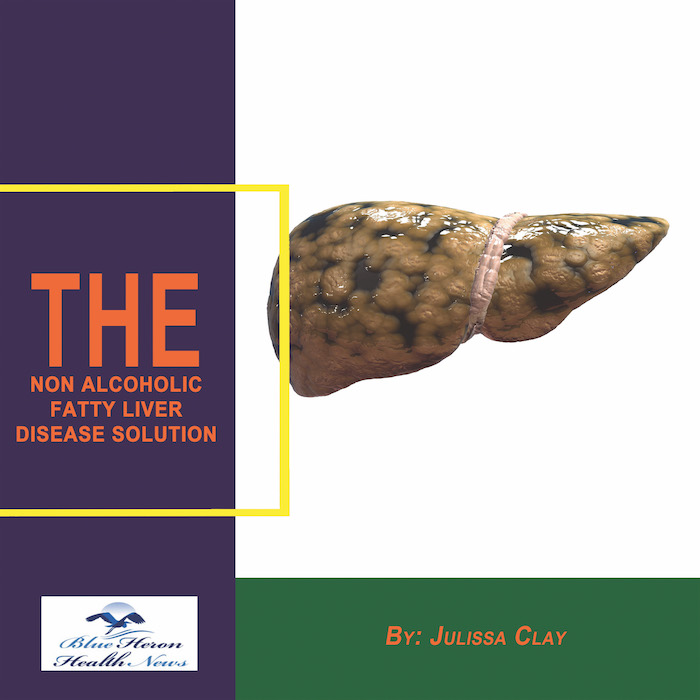
The Non Alcoholic Fatty Liver Strategy™ eBook by Julissa Clay. The program provided in this eBook is very reasonable and realistic as it neither restricts your diet miserably so that you cannot stick to the changes in diet suggested in it nor wants you to do intense exercises for many hours every week. This program helps in making big changes in your life by following a few easy-to-follow steps.
How can one seek medical advice for persistent symptoms of fatty liver disease?
If you experience persistent symptoms that could be related to fatty liver disease (FLD), it’s important to seek medical advice as soon as possible. Here’s how you can approach getting the proper diagnosis and treatment:
1. Schedule an Appointment with Your Primary Care Physician (PCP)
- Your PCP is often the first point of contact for persistent symptoms. They will take your medical history, conduct a physical exam, and review any risk factors (such as obesity, diabetes, high cholesterol, or alcohol use) that could predispose you to fatty liver disease.
- Symptoms to report: Be sure to mention symptoms like fatigue, abdominal pain, unexplained weight loss, jaundice (yellowing of the skin or eyes), swelling in the abdomen or legs, and changes in appetite.
2. Get Blood Tests (Liver Function Tests)
- Your doctor will likely order liver function tests (LFTs) to assess the health of your liver. These tests measure levels of liver enzymes like ALT (alanine aminotransferase), AST (aspartate aminotransferase), and bilirubin in the blood, which can help identify if your liver is inflamed or damaged.
- Other tests, such as lipid panels (to check cholesterol and triglycerides), blood sugar (to assess for diabetes or insulin resistance), and bilirubin levels (which can indicate liver dysfunction), may also be ordered.
3. Consider Seeing a Specialist (Hepatologist)
- If fatty liver disease is suspected or if your symptoms are persistent, your PCP may refer you to a hepatologist, a specialist in liver diseases. A hepatologist will be able to provide a more detailed evaluation and discuss management options for fatty liver disease, particularly if it has progressed to non-alcoholic steatohepatitis (NASH) or cirrhosis.
4. Diagnostic Imaging (Ultrasound, CT, or MRI)
- Based on your symptoms and blood tests, your doctor may recommend an ultrasound of the liver to check for fatty deposits, liver enlargement, or abnormalities in liver structure.
- CT scans or MRI may also be used if further imaging is necessary to evaluate the liver in more detail or to rule out other conditions like liver tumors or cysts.
5. Fibrosis Assessment
- In cases where fatty liver disease is suspected, a liver biopsy may be needed to confirm the diagnosis and determine the severity (whether you have simple fatty liver or NASH, or whether fibrosis has developed).
- Non-invasive tests like elastography (FibroScan) or blood tests (e.g., APRI score or FibroTest) can be used to estimate liver stiffness, which correlates with the amount of liver scarring (fibrosis).
6. Ask About Lifestyle Changes
- Early stages of fatty liver disease can often be managed with lifestyle modifications. Your doctor will likely discuss weight loss, exercise, diet changes (e.g., reducing sugar and fat intake), and controlling blood sugar and cholesterol levels as part of the treatment plan.
- If alcohol use is a factor, the doctor may advise reducing or eliminating alcohol intake.
7. Review Potential Medications
- While there is currently no specific medication approved solely for fatty liver disease, if you have risk factors like diabetes, high cholesterol, or high blood pressure, your doctor may prescribe medications to manage these conditions.
- In some cases, medications like vitamin E or pioglitazone (used to treat diabetes) may be considered for individuals with NASH, depending on the severity.
8. Monitor Progress Regularly
- If fatty liver disease is diagnosed, your doctor will likely recommend regular follow-up visits to monitor the progression of the disease. This may include repeat blood tests, imaging, and potentially fibrosis assessments to ensure the liver is not progressing to cirrhosis or liver failure.
9. Seek a Second Opinion if Necessary
- If you feel unsure about the treatment plan or diagnosis, or if your symptoms are not improving, you can always seek a second opinion from another doctor or specialist, especially if fatty liver disease is advanced or complicated by other health conditions.
Key Symptoms to Report to Your Doctor:
- Persistent fatigue or weakness
- Unexplained weight loss or loss of appetite
- Abdominal pain or discomfort
- Jaundice (yellowing of the skin or eyes)
- Swelling in the abdomen or legs
- Easy bruising or bleeding
- Confusion or mental fog
- Nausea or vomiting
Summary:
To seek medical advice for persistent symptoms of fatty liver disease, start by scheduling an appointment with your primary care doctor. They will assess your symptoms, risk factors, and may perform blood tests and imaging studies. If necessary, you may be referred to a hepatologist for further evaluation. Early intervention through lifestyle changes, monitoring, and possible medications is key to managing fatty liver disease and preventing further liver damage.
The Non Alcoholic Fatty Liver Strategy™ eBook by Julissa Clay. The program provided in this eBook is very reasonable and realistic as it neither restricts your diet miserably so that you cannot stick to the changes in diet suggested in it nor wants you to do intense exercises for many hours every week. This program helps in making big changes in your life by following a few easy-to-follow steps.
